One of the reasons we love scuba diving is the magical marine life encounters: seahorses tucked in seagrass, turtles munching on seaweed, and mighty whale sharks scooping up plankton. But how often do you pause to appreciate the ocean plants our favorite creatures rely on for food and shelter?
From single-celled algae to towering kelp forests, the ocean’s flora is a fascinating world of its own. Read on to learn about different types of ocean plants, how they survive underwater, and why they’re crucial to the rest of life on Earth.
Scientists often debate the classification of ocean plants, and there are thousands of species from seaweeds to trees. This ocean plants list includes common plants and plant-like organisms that have evolved to live fully or partially submerged in our seas.
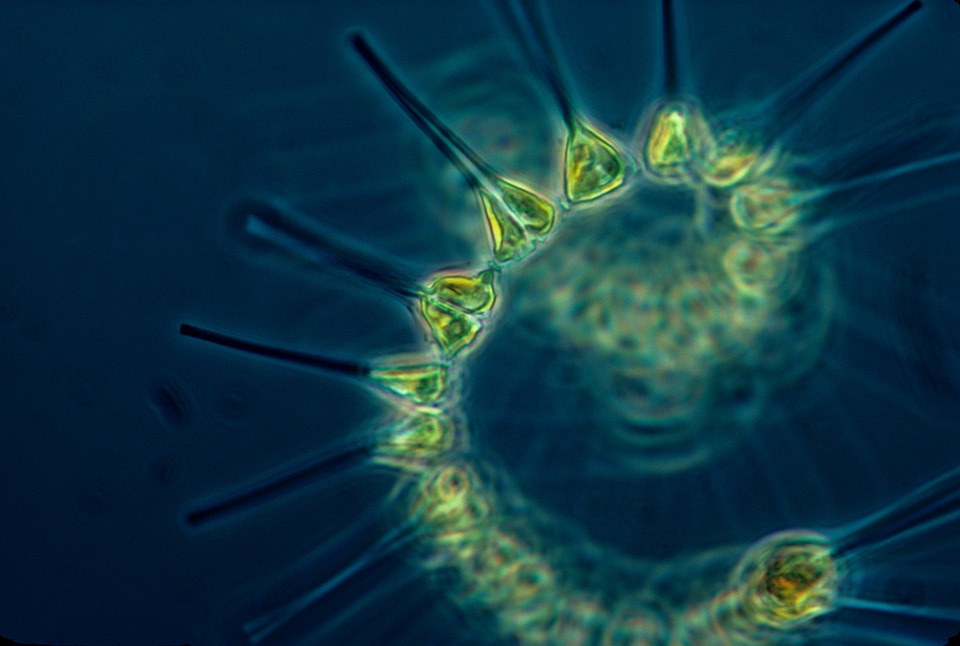
Typically single-celled, plant-like organisms, phytoplankton (microalgae) float in sunlit, nutrient-rich waters where populations can explode from one to billions in just days. They are vital to the ocean’s food chain; zooplankton eat them, which in turn feed bigger animals. Although each one is microscopic, seasonal plankton blooms can turn the ocean green or even milky white. This limits divers’ visibility, but it’s a feast that attracts the megafauna.
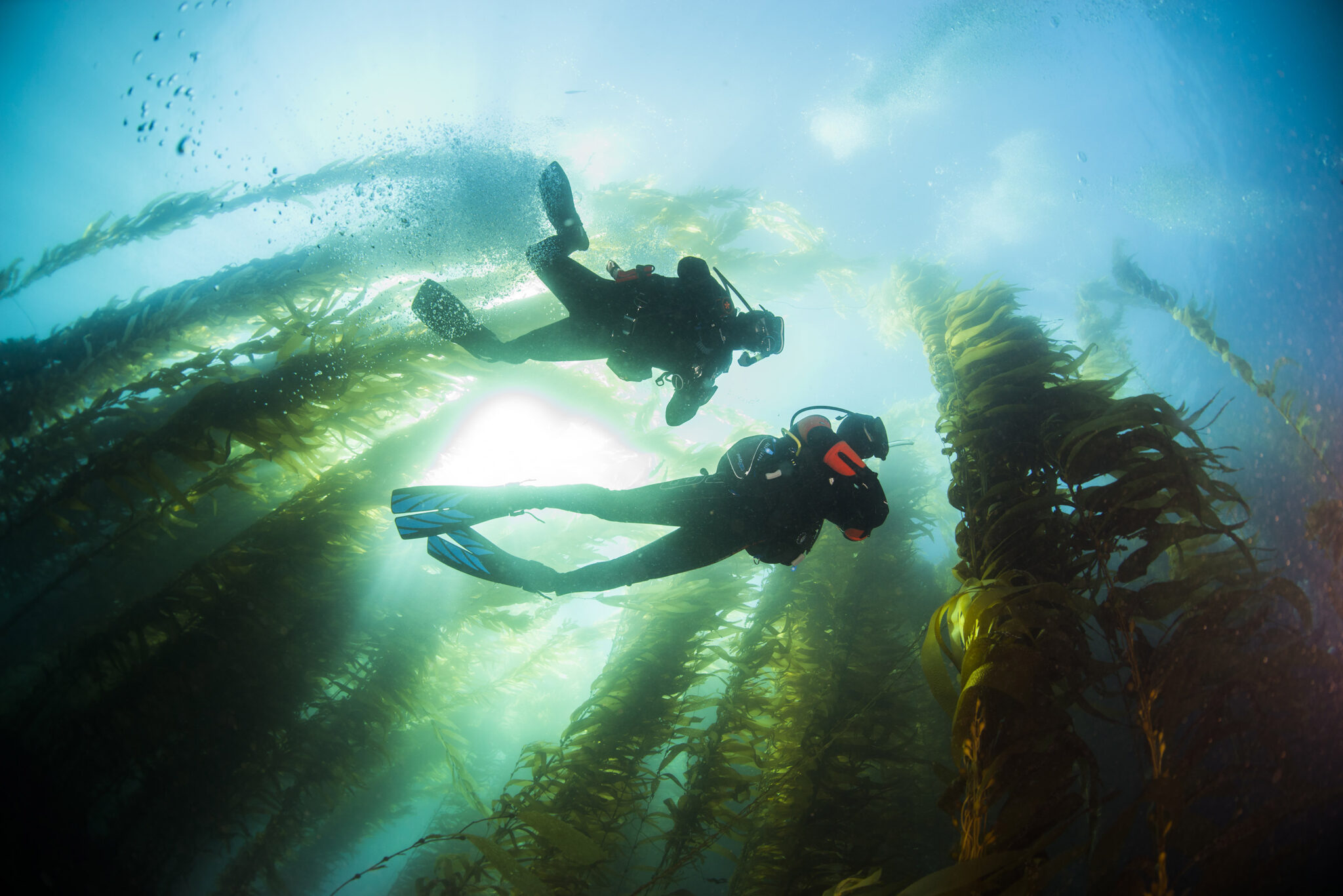
Brown seaweeds vary from small and feathery to large and leathery. Among them, kelps are the best known. Using a “holdfast”, they anchor to rocky seabeds along cooler coasts, quickly forming dense sunken forests. Giant kelp, for instance, can grow 2ft (60cm) in a single day, reaching record heights of nearly 200ft (60m). Other intriguing species include the oyster thief (yes, literally) and the bead-like Neptune’s necklace.
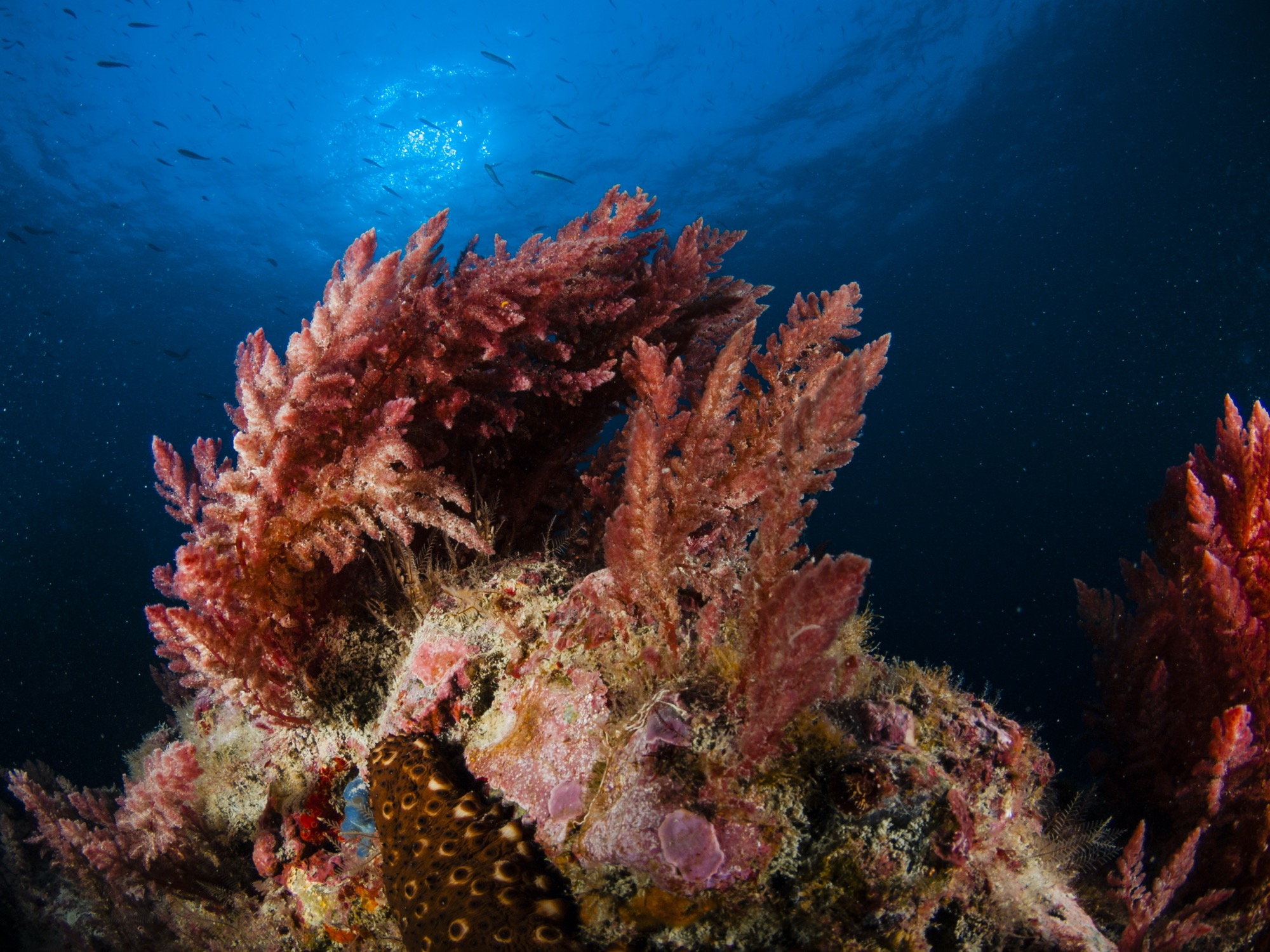
Like brown seaweeds, the red variety has extra pigments to aid photosynthesis—giving them their characteristic color. Red seaweeds are particularly effective at capturing sunlight, so they can live deeper than their brown counterparts. Crust-forming coralline algae species help to build and protect coral reefs, while edible Japanese nori and Welsh laverbread are considered delicacies.
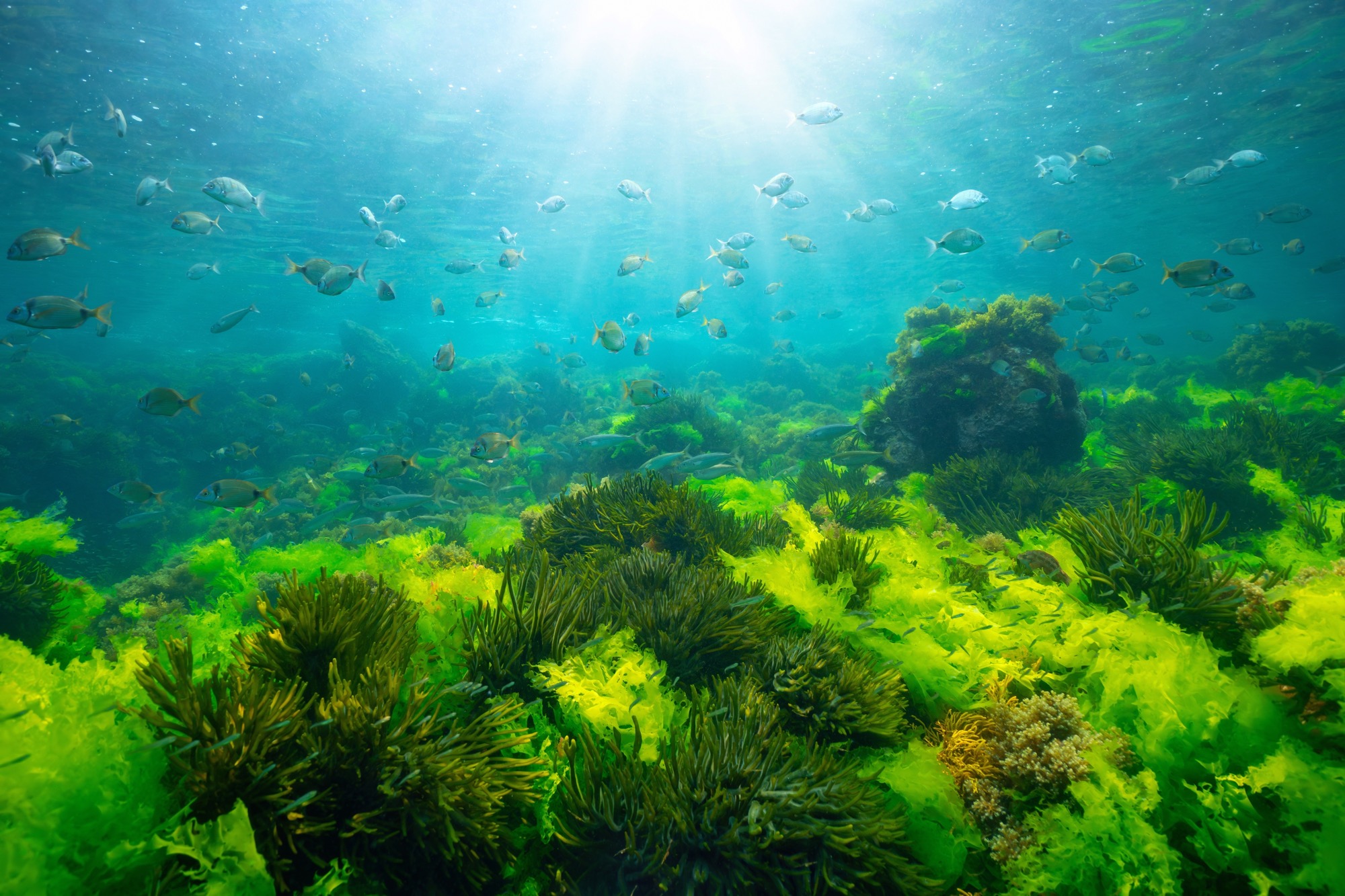
While microscopic green algae are usually grouped with phytoplankton, those visible to the naked eye are called green seaweeds. That’s a misnomer, though, as they’re closer to true plants than other seaweeds. Sea lettuce is one of the most common and resilient, and it’s abundant along rocky shorelines worldwide. However, there are assorted species and shapes, from stringy flaccid seaweed and tubular velvet horn to the aptly named cactus seaweed and sea grapes.
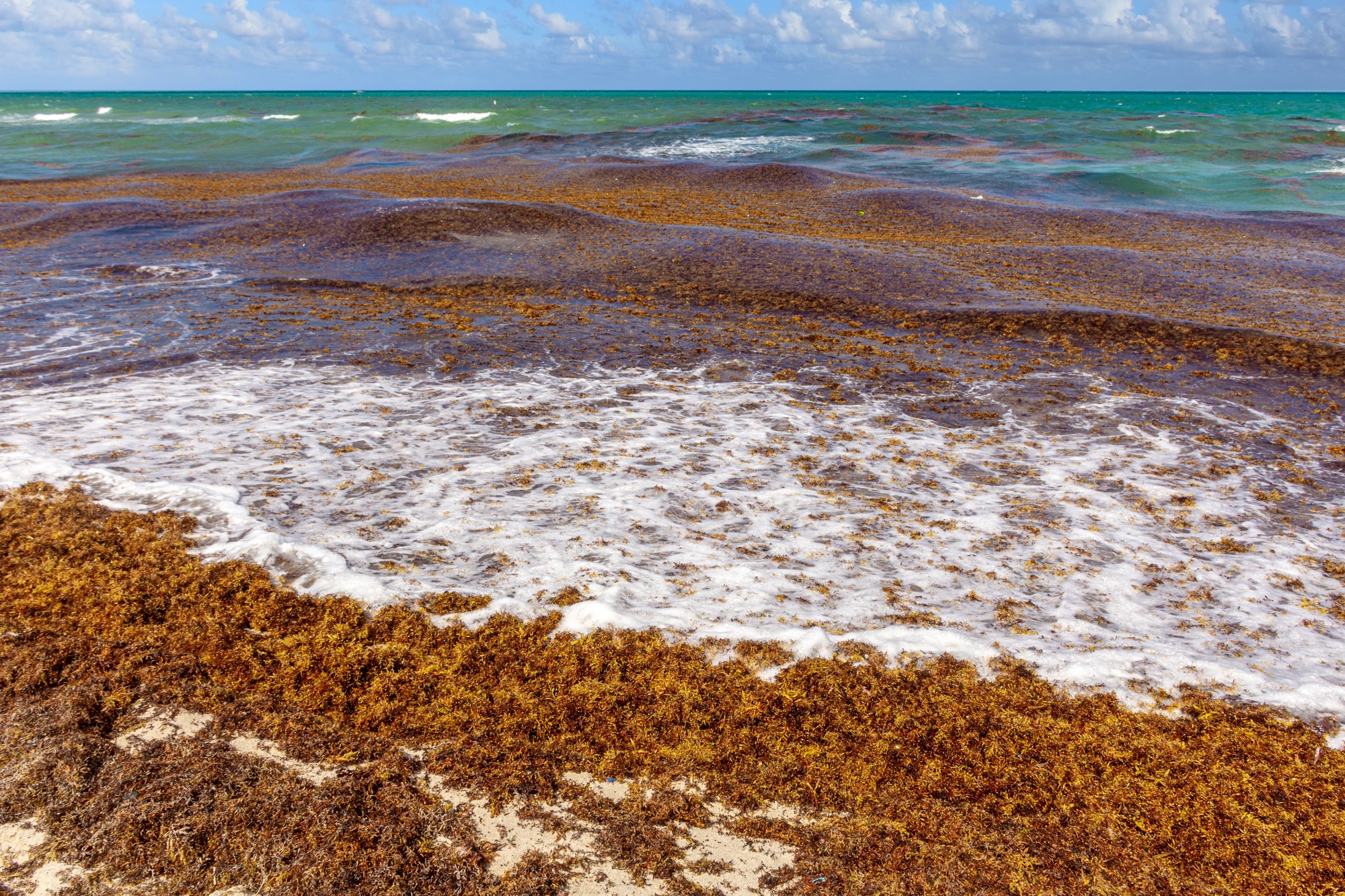
Sargassum is technically a brown seaweed, but it floats on the ocean’s surface instead of tethering to rocks—setting it apart in marine biology. Also called sea holly or gulfweed, it’s a centerpiece of both the Sargasso Sea and an immense Atlantic belt spanning 8,000km (5,000 miles). It shields a community of traveling animals, including baby turtles and sargassum fish—a frogfish endemic to this seaweed habitat.
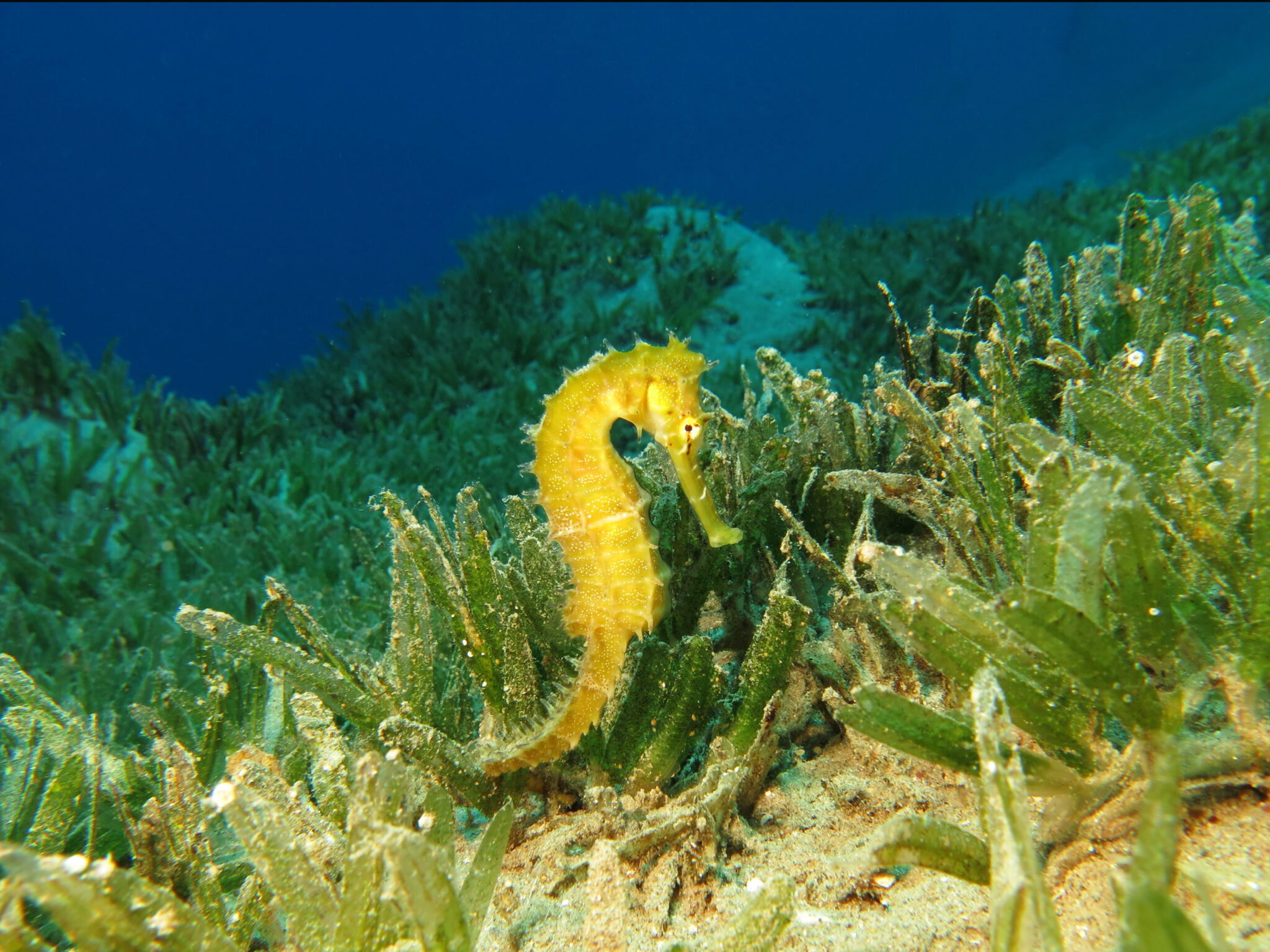
Seagrasses are the only flowering marine plants that live permanently underwater. Unlike seaweeds, they evolved from life on land and have roots to absorb nutrients from sediment. They also form vast marine meadows: Indonesia alone boasts around 30,000 km² (11,500 square miles) of seagrass beds. Meanwhile, the Mediterranean’s Neptune grass may be hundreds of thousands of years old and one of the oldest known living organisms.

Mangrove forests are unmistakable with their evergreen trees and tangled web of roots. While they’re also “true” plants, mangroves differ from seagrasses as they’re only partly submerged. Most of the tree rises above water, using aerial roots to fulfill their need for oxygen. Mangroves cover around 12% of the planet’s coastlines, including Florida’s famous Everglades and Sundarbans—the world’s largest.
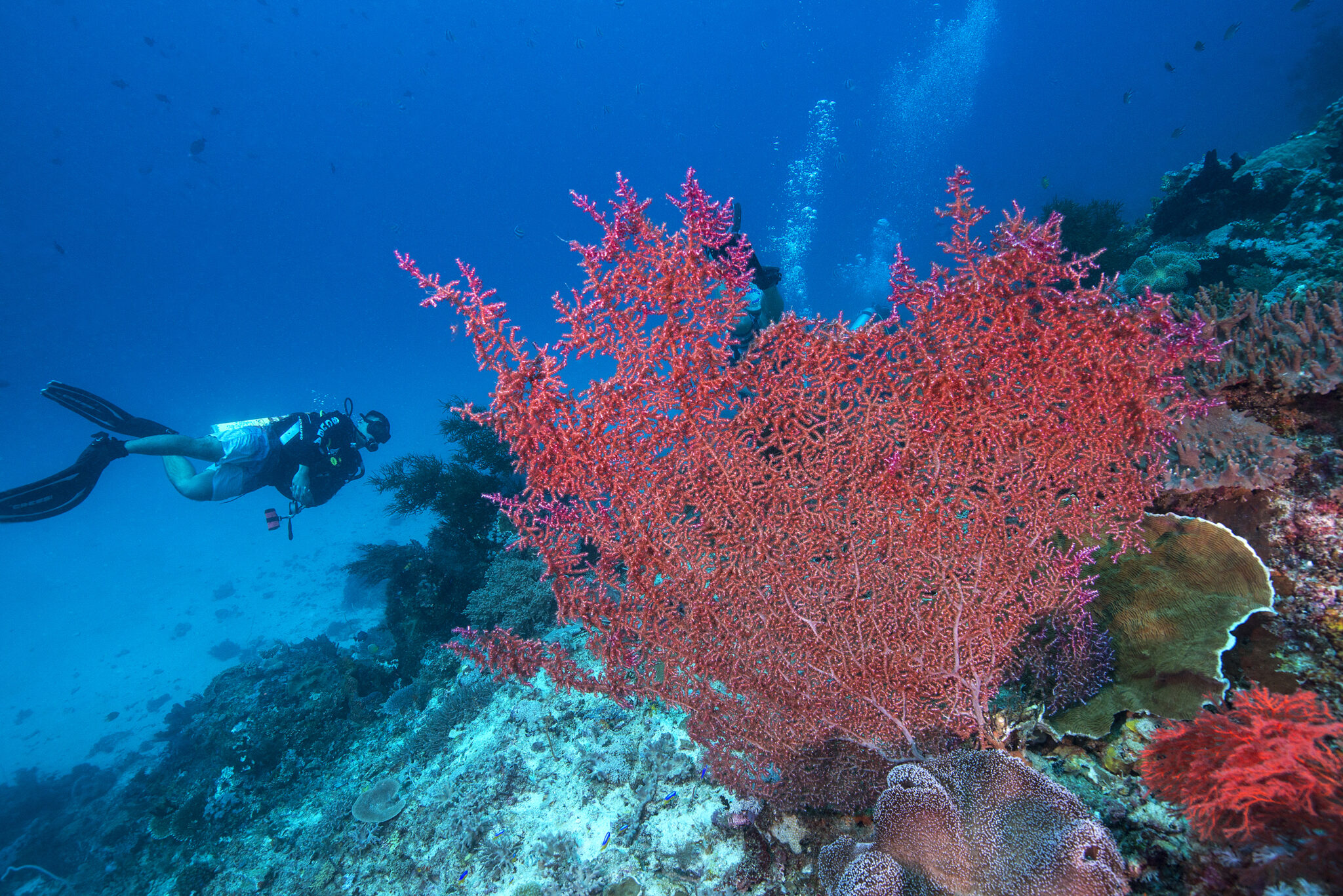
Despite their plant-like name or appearance, many species you’ll spot while diving are, in fact, animals. These include corals, anemones, sea whips, sea fans, urchins, barnacles, and sea cucumbers. Surprised? Learn more about different underwater ocean plants and animal life with the PADI Underwater Naturalist course.
SIGN UP FOR PADI UNDERWATER NATURALIST
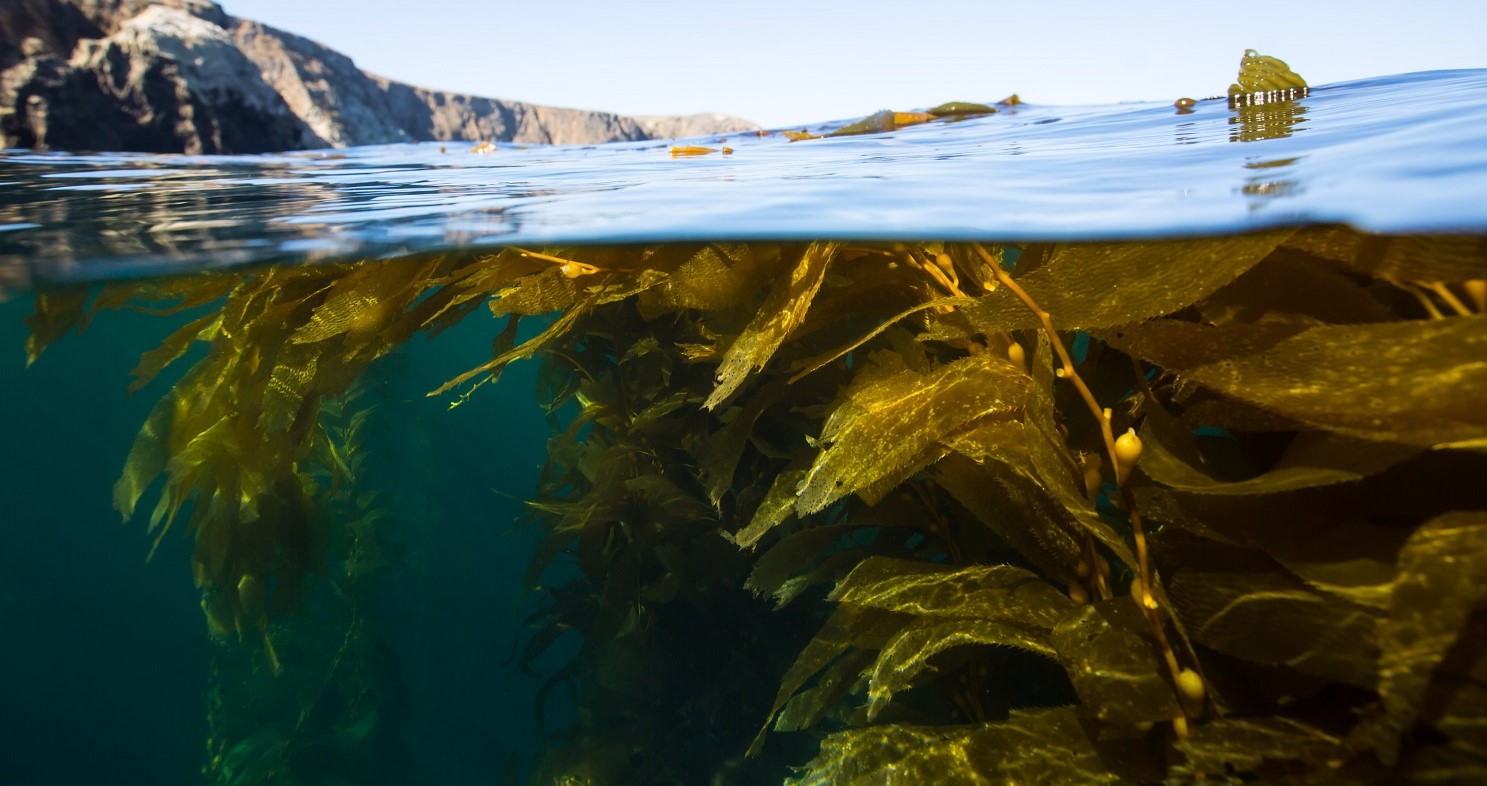
Like their land-based relatives, ocean plants need sunlight, air, and nutrients to “breathe” and photosynthesize. Some have air-filled tissues to help, while others absorb nutrients through leaves instead of roots.
The ocean is a harsh environment, but its plant life thrives from the tropics to the Arctic, adapting to changing depths, salinity, and more. For instance:
Kelps use long stalks or gas-filled bladders (pneumatocysts) to reach sunlight Phytoplankton use substances, spines, or chain together to stay afloat in sunlit layers Some seagrasses and seaweeds deter grazers with bad tastes or toxins Mangroves can excrete harmful salt through their roots or leaves Kelps shed and regrow their fronds to remove parasites Some seaweeds produce mucus to avoid drying out during low tideWith these survival tactics, ocean plants flourish in sunny, shallow waters (and sometimes as deep as 650ft/200m in clearer waters). However, you won’t find deep-sea flora—it’s just too dark in the abyss.
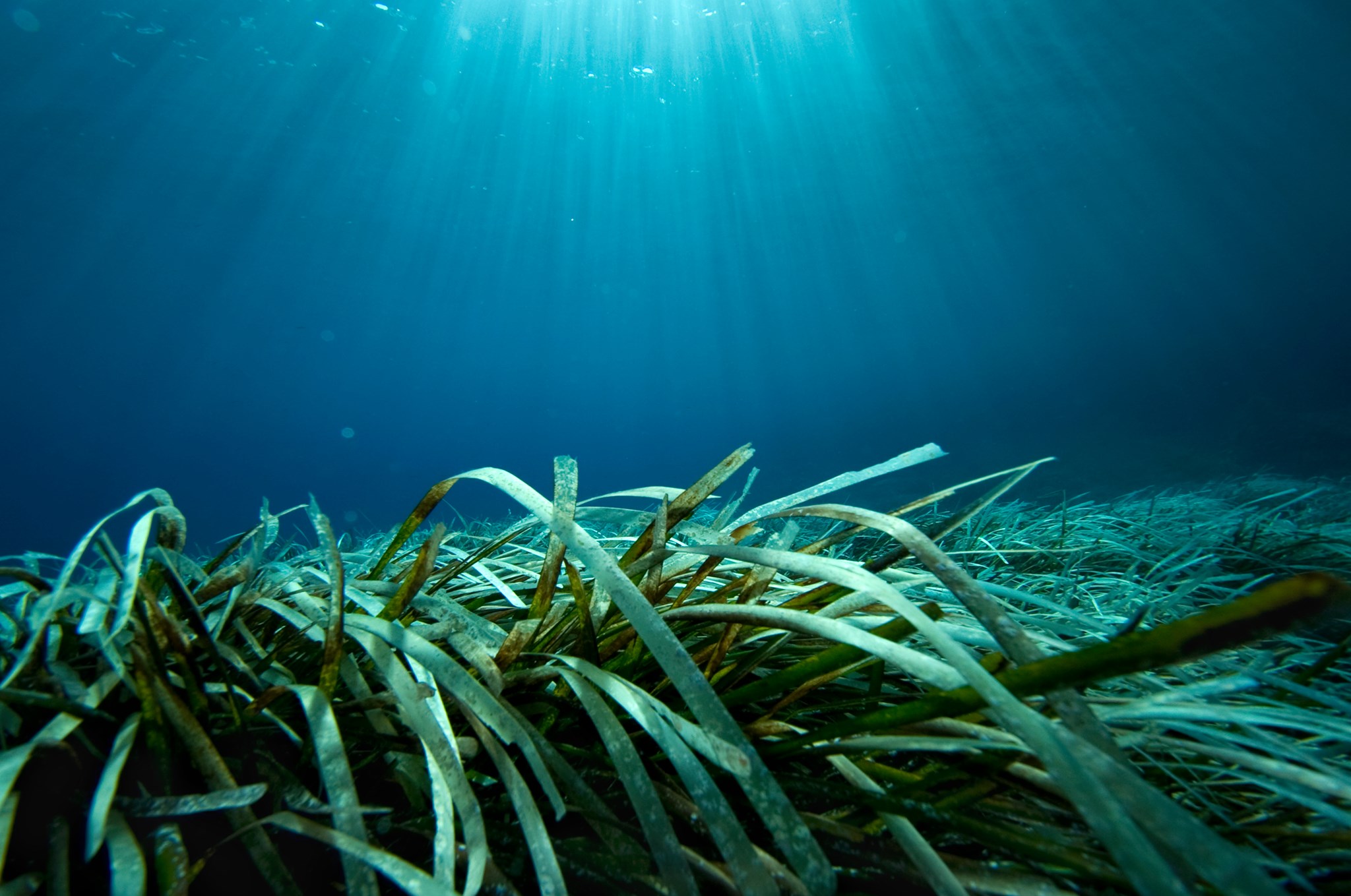
Ocean plants are the foundation of life. Firstly, they underpin the food chain that sustains all ocean life (as well as provide essential habitats and shelter). Secondly, they produce over 50% of the Earth’s oxygen while absorbing around 25% of carbon emissions.
What’s more, as well as supplying food and income, many ocean plants protect coastal communities from storm damage and erosion.
Some ocean plants are millions of years old but are now threatened by human activity and climate change. Pollutants cause plankton to multiply uncontrollably into toxic algal blooms (such as red tides) that kill marine life and block sunlight from other plants. Mangroves are being destroyed, and seagrass meadows, along with their resident dugongs and green turtles, are disappearing.
No more plants = no more food, no more oxygen = no more life.
Fortunately, as divers, we can help preserve our blue (and green) planet. Join the Ocean Torchbearer community and take local action for global change—from cleaning up the ocean to mangrove and seagrass restoration projects.
Share This